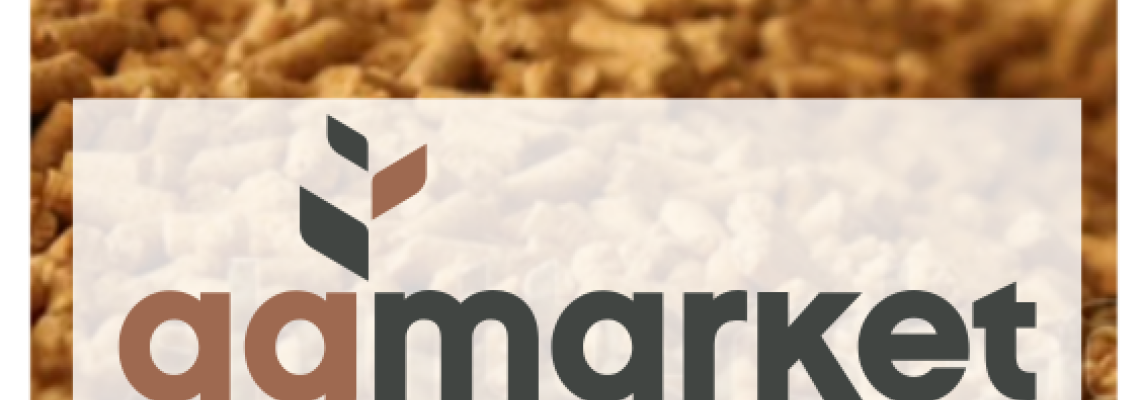Flat Die Pellet Mills | Product Education | AgBlogs

Are you looking for feed alternatives for winter months in South Africa?
With winter fast approaching, colder weather, reduced
daylight hours and limited access to fresh pasture can all impact the
nutritional needs of animals. It is therefore important for farmers and animal
breeders to have a backup plan to ensure their animals have an alternative feed
source when their pastures and fields cannot provide the necessary nutrition
for healthy, happy animals.
There are two types of pelletizers. Ring Pellet Mills and
Flat Die Mills. The Flat Die Pellet Mill
is designed with a stationary die and a rotating roller. These flat die pellet
mills are smaller and more affordable than the ring pellet mills, making them
ideal for small-scale production and home use. Ring pellet mills have rotating dies
and stationary rollers. Ring pellet mills are larger and more expensive than
flat die pellet mills, but they are more efficient and can produce quality
pellets at a faster rate. The ring pellet mills are ideal for large-scale
production and industrial use.
With this in mind, AgMarket has acquired two relatively
cost-effective flat die pelletizers to minimise your feed costs on the farm
during the winter months.
How does a flat die pelletizer work?
The pelletizer or flat die pellet mill is an electric
machine that produces pellets by compressing raw materials between a stationary
die and a rotating roller. To operate the machine, the raw material is fed into
the pellet chamber, where it is compressed between the rollers and die. The
pressure applied by the rollers and die, forces the material through the die
holes, forming pellets with a diameter of 3-6 millimetres.
AgMarket offers the 3KW
220V Flat Die Pelletizer for single-phase applications and a 4kw
360V unit for 3-phase electricity applications.
With its unique design and compact size, the flat die pellet
mill is perfect for small-scale feed production of up to 150kg/hour. It is easy
to transport and maintain, making it a cost-effective choice for feeds for
farmers, breeding plants and feed mills of all sizes.
Types of Feeds for animal husbandry
The mill can be used to mill a variety of raw materials,
from corn flour and wheat bran to soybean meal and more. Customise your feed
recipes to suit the nutritional needs of your animals, however, it would be
very advantageous to discuss the dietary needs of your animals with your local
veterinarian.
When creating your feeds, prepare the raw materials for the
specific animal’s nutritional needs. Cows, for instance, require high-fibre
feed, so your feed recipe would include corn flour, wheat bran, alfalfa and
soybean meal. You can feed them a mix of hay and pellets. Pigs require a higher
protein diet so the recipe for their feed would include corn flour, soybean
meal, barley and wheat bran. Sheep requires a diet high in fibre and energy, so
the recipe could include oats, corn, soybean meal and wheat bran. Sheep and pigs
can be fed a mix of pellets, fresh fruits and vegetables.
Your different livestock will also have different pellet
sizes ideal for their consumption and size. For example, cows require larger
pellets, a 6-millimetre die can be used, while pigs and sheep will use smaller
pellet sizes where a 3–4-millimetre die can be used.
Pellet mill production
For a new pellet mill, it is suggested that you need to
polish the die to avoid a blockage caused by imperfections in the die holes due
to the drilling process. You can polish the die by processing a mixture of
river sand and oil through the die several times. This will help remove
corrosion and cleans the surface of the die holes.
You can increase the rate of production of your feeds by
reducing the size or density of the initial raw material you put in. This can
be done by pre-grinding the materials to reduce how hard the pelletizer needs
to work to grind the pellets into the desired consistency. Adding larger raw
materials to grind down may also lead to blockage of the die.
The moisture content of your raw materials also plays a
major role in the production of your feed pellets.
The ideal moisture content when making feed pellets is
between 12 & 15%. If the raw materials you are using are too moist, it will
cause a blockage in your die as it is too soft and sticky and the machine
cannot compress the materials properly.
If your pellet’s moisture content is too dry, the pellets will crumble
and risk not binding together.
These mills do need to be cleaned and maintained regularly
to ensure the parts are working correctly and that there are no moving parts
that are getting more wear and tear than normal. These machines are manufactured in South
Africa meaning that you can ask the manufacturer to assist if there are any
unforeseen problems with your machine or for replacement parts.
In conclusion, the flat die pelletizer can be a valuable
tool for animal breeders and farmers looking to provide their animals with
high-quality feed, year-round, including the challenging winter months. By
considering your production capacity, raw materials and maintenance needs
before buying a pellet mill, you can ensure that you choose a tool that meets
your needs and helps you keep your animals happy and healthy.
References:

